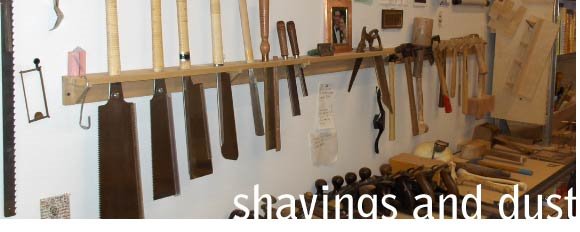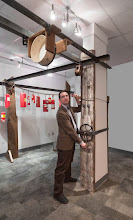 | ||||||||||||||||||||
| One of our students in a yukata. |
The structure is a text-book example of a machiya or wooden town house. Beautiful structures, the kyomachiya (or Kyoto machiya) is considered the defining form of the city version of what are collectively referred to as minka, or traditional folk dwellings. The other minka form is the noka, which is the farmhouse, and we will see some of those later in the trip.
The Shiorian is a late Edo period machiya, beautifully preserved and accessible to the public. It is a particularly complex one, with a built-in tearoom, two gardens, and a big store-house in the back. The floor is all tatmi mats, woven grass over a frame that has a little give when you walk on it. One of the things I am finding out about this practice of constantly removing your shoes when you enter buildings is that it really gives your feet a rest when you are out walking all day. That change of context really helps rest one's feet, it is quite nice.
The interior is all wood and paper and grass, with very little paint, which has two effects that I really love: One is that I find it restful to be completely surrounded by natural materials in their more-or-less natural state. The other is that the spaces have a smell. It smells like, well, like wood and grass. Not like being in a forest, and not in a bad way, just that there is a perfume to the interiors that adds to the pleasure that I feel being in the spaces.
Traditional Japanese houses layer the views in a way that we don't tend to do in the West. No matter where you sit in the house there are a series of planes that recede in front of you, and with the shoji open there is nowhere that you can sit that you can not see at least one of the gardens.
And the gardens are amazing.
Little worlds in miniature, they have all of the small twisted trees and moss-covered rocks that you would expect to see. Sitting still and contemplating the garden sounds boring, maybe, especially to a 21st century Westerner. But I am here to tell you that I could do that all day. The sun moving is the channel change, the breeze blowing the leaves reveals new content like opening a new window on your browser. I was captivated for far longer than I would thought possible. It was surprising and lovely to just sit and look at a beautifully composed garden. The photographs can not possibly do it justice, you really have to be there, sitting on the tatmi and smelling the interior and watching the sun change on the trees.
A quick word about the shoji before I sign off: They were amazing. Having read so much about them and about how to make them, it was a real treat to have a chance to get up close and personal with them. Knowing that each piece was cut and planed and installed by hand by some long-dead tategu-shi really knocked my socks off. The bevel on each one was perfect, they all matched, the joint were tight, it really is a testament to what is possible when there is care and thoughtfulness and pride in one's work. And they slide effortlessly in their tracks. What a joy.
 |
| A really lovely column in the tea room. |
 |
| Shoji. Enough said. |
 | |
| The rear garden |





No comments:
Post a Comment